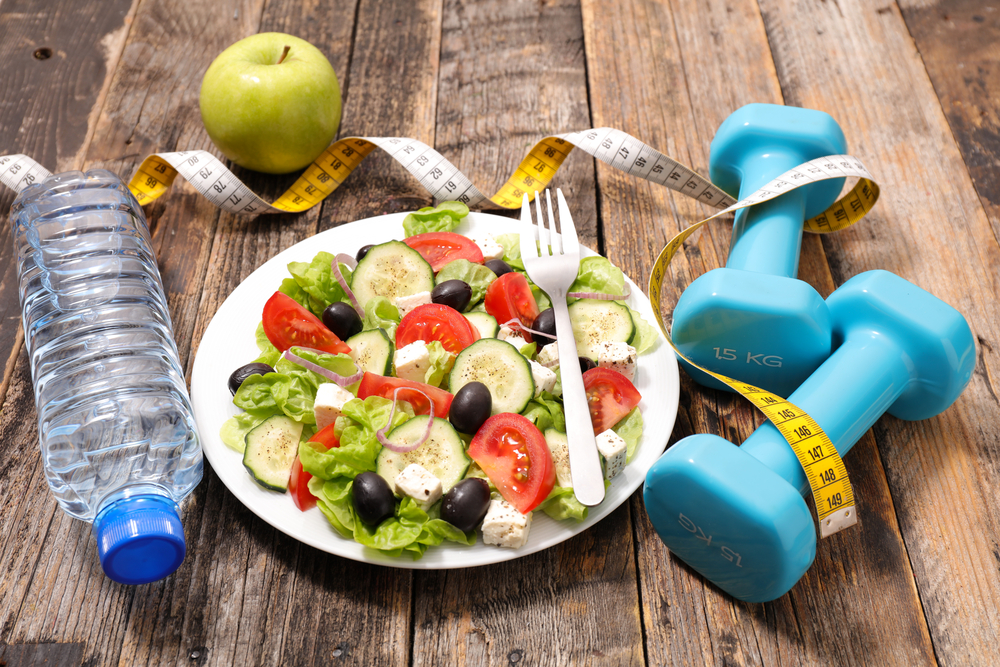The primal diet and the paleo diet may seem similar at first, but they have many differences. This article will explore modern-day primal vs. paleo diets, the differences between each, and how you can benefit from getting back to basics.
Primal vs. Paleo Diets
Before diving into the differences between these two biology-based diet trends, let’s consider their similar roots. Both primal and paleo diets focus on human evolutionary biology. While our food sources have changed and evolved rapidly, our bodies have stayed much the same.
If you could travel back in time to give a caveman a Twinkie, what would happen? Well, seemingly not much. His body would digest the Twinkie in the same way ours would, which is to say: not very well.
Both the paleo and the primal diet focus on low carbohydrates, high protein and fats, and high vegetable contents. These are the kinds of foods our ancestors would have eaten, and the foods we are still built to eat today. So a Twinkie won’t kill us (or our caveman), but it’s not ideal for health.
What is the Primal Diet?
The primal diet focuses on foods that our ancestors would have had access to before the agricultural revolution. To figure out what foods fit into a primal diet lifestyle, ask yourself: would my ancestors have been able to find this in nature?
Acceptable foods on the primal diet include:
- Nuts and seeds
- Fruits, berries, and flowers
- Vegetables
- Honey and maple syrup
- Fish and mussels
- Meat
- Wild game
- Wild eggs
- Raw dairy products
- Ancient grains, wild rice, quinoa
- Tea and sometimes coffee
Foods to avoid include:
- Grains
- Beans and legumes
- Wheat, rye, barley
- Corn
- Alcohol
- Soy
- Processed oils
- Sugar
- Preservatives
People following the primal diet avoid all processed foods. If a food item can safely be eaten raw, it is best to eat it raw to gain all of the nutritional value. Primal diet followers eat fresh and organic food whenever possible.
What is the Paleo Diet?
The paleo diet follows the same premise as the primal diet. Followers should avoid processed foods and seek foods that our ancestors had access to in nature. The paleo diet is somewhat stricter than the primal diet.
Acceptable foods on a paleo diet include:
- Nuts and seeds
- Fruits, berries, and flowers
- Most vegetables
- Honey and maple syrup
- Fish and mussels
- Meat
- Wild game
- Wild eggs
- Ancient grains, wild rice, quinoa
- Tea
Foods to avoid include:
- Dairy
- Nightshades (tomatoes, potatoes, peppers, eggplant)
- Coffee
- Grains
- Beans and legumes
- Wheat, rye, barley
- Corn
- Alcohol
- Soy
- Processed oils
- Sugar
- Preservatives
As you can see, both diets are relatively similar. The paleo diet is slightly stricter in that it doesn’t allow any dairy, nightshade vegetables, or coffee. These foods would have been hard to access and potentially poisonous for our ancestors.
Benefits of a Primal or Paleo Diet
Although it is a tricky diet to maintain in our modern highly-processed, fast-food-loving society, primal and paleo diets can have some great health benefits, including:
- Weight loss
- Decreased abdominal fat
- Improved blood pressure
- Improved heart health
- Improved cognitive function
- Lower cholesterol
These are all great benefits of paleo or primal diets. Anybody using these diets should use discretion, however. Technically, one could eat nothing but bacon and eggs on a primal diet, but this wouldn’t be good for your health.
Cleaning the Plate
Both the primal and paleo diets attempt to realign our current food intake with that of our ancestors. In the debate between primal vs paleo, it’s important to note that not everyone is perfect, and these diets can and should be adjusted to suit individual needs.
Want to learn more about how you can boost your health and change your life? Check out our other articles on dieting, therapy treatments, and more!




